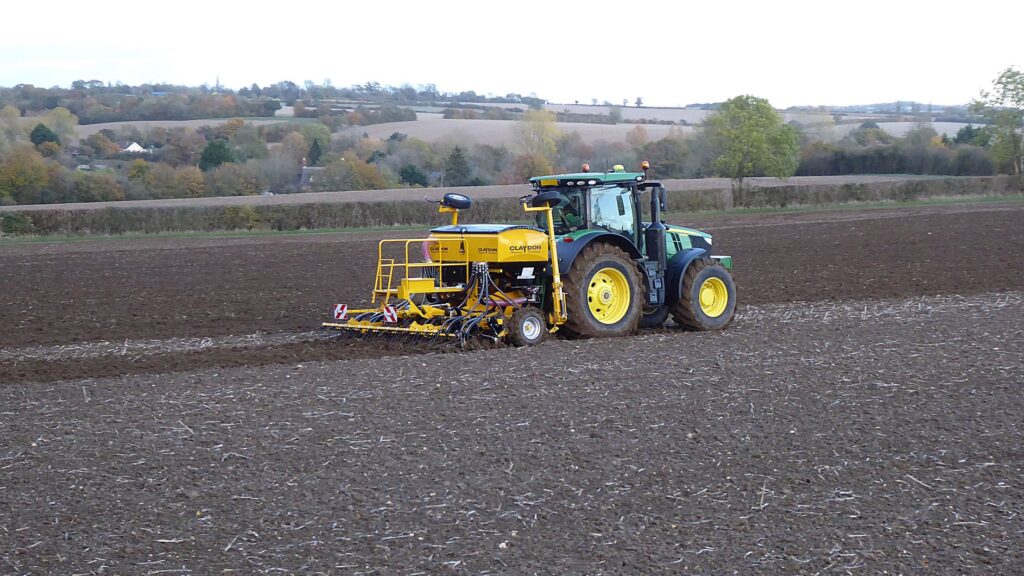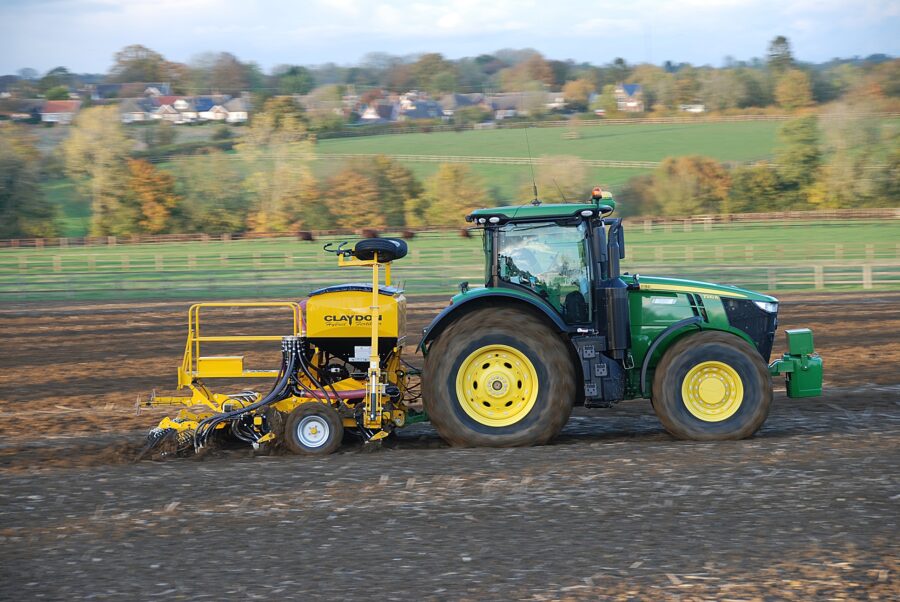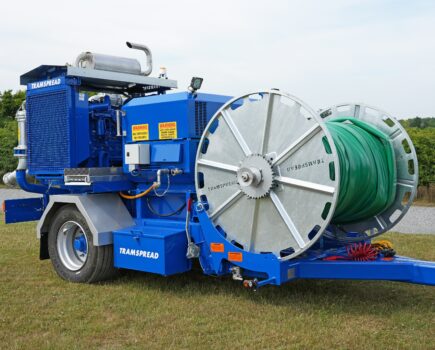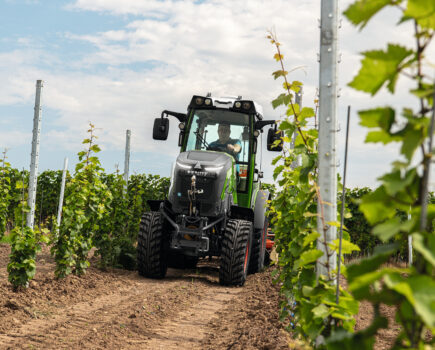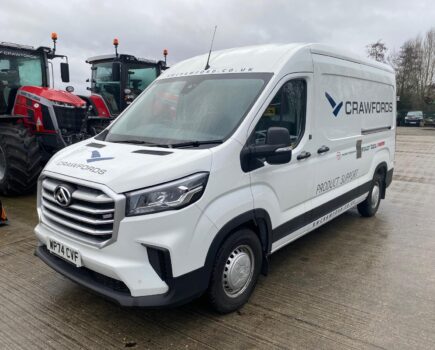Claydon has added two new rigid 4m Hybrid models to its range of mounted drills.
The M4RF features a dual 2100-litre hopper with 50:50 seed/fertiliser split, allowing fertiliser to be applied at time of seeding. Growers can choose to apply fertiliser either below the seed on the front leading tine or above the seed on the seeding tine or new LD low disturbance twin tine. There is also an option of splitting the fertiliser between the front and seeding tine/twin tine.
The M4R is the seed only version of the 4m rigid drill and has a hopper capacity of 1750 litres.
Both new Hybrid models come with the Claydon leading tine and 7” A share as standard, together with shear bolt stone protection, a rear double toolbar with metal boards and following tines for seedbed levelling and consolidation. Optional extras include seed/fertiliser blockages sensors, pre-emergence markers and bout markers.
Both new rigid Hybrid drills also have GPS speed sensing, electronically driven metering systems and a 4-channel drill computer allowing the addition of up to two extra applicators for micro granules and slug pellets.
A complete range of seeding share, tine and disc options is offered on both drills, including the new LD Low Disturbance kits. These are made up of a twin tine and single or double cutting disc and can be swapped with the standard Claydon set-up in a matter of minutes. This gives the Hybrid range great flexibility and versatility in meeting a whole range of seeding scenarios and requirements in one drill.
The M4R and M4RF Hybrids have a recommended minimum power requirement of 200hp and are priced at £43,255 and £54,995 respectively for a standard specification machine.
In addition to a comprehensive range of tractor-mounted and trailed Hybrid drills from 3m to 8m wide, the Claydon Opti-Till® product line includes Straw Harrows from 3m to 15m and the 6m TerraStar® light rotary cultivator. Claydon also manufacture the TerraBlade inter-row hoe in widths from 3m to 8m, which helps growers to control weeds in band-sown crops more efficiently and more effectively than chemicals alone, with significant cost and environmental benefits.
